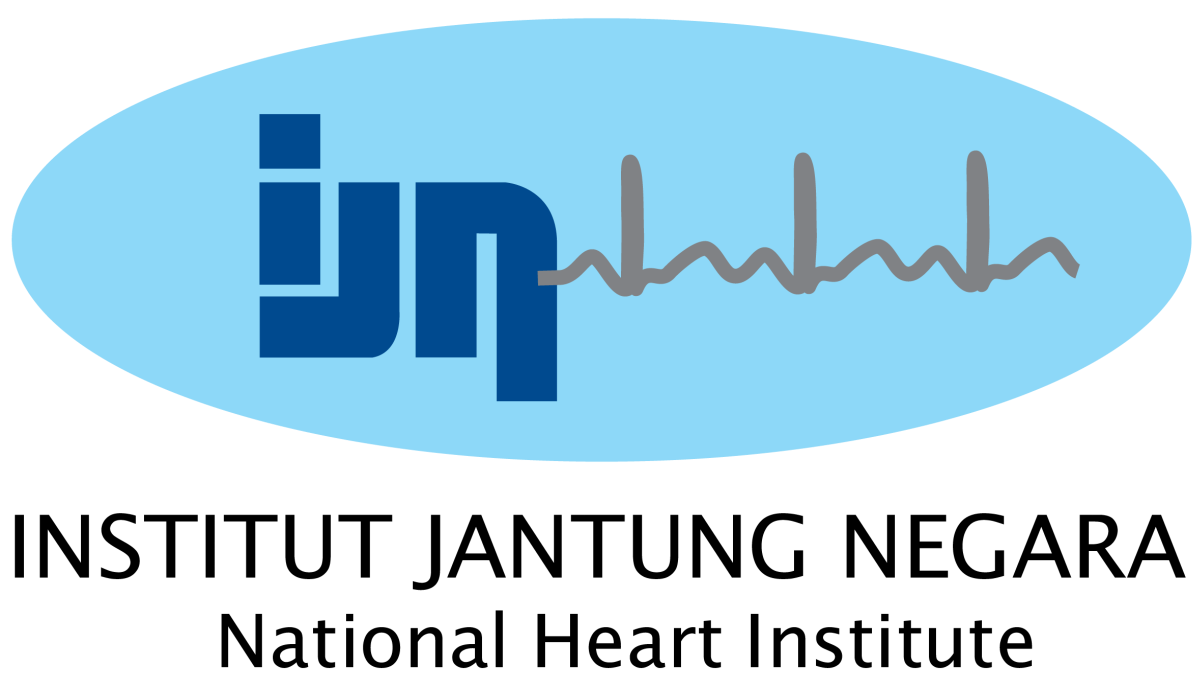

Bariatric, Metabolic & Diabetes Surgery
What is Bariatric Surgery?
There are a number of ways you can lose weight, including diet, exercise, medication and surgery. Bariatric surgery is a broad term used to describe a number of procedures that help people lose weight. It works by reducing the amount of food you can eat or reducing the nutrients you can absorb.
According to the American Society of Metabolic and Bariatric Surgery, patients who were severely obese lose at least half of their excess weight through bariatric surgery.
What is Metabolic surgery?
Metabolic surgery is surgery done to treat metabolic disorders associated with obesity. These conditions include Type 2 Diabetes, High blood pressure, high cholesterol and related conditions. Sometimes, these conditions may not be related to obesity.
Why is a bariatric surgery or metabolic surgery done?
Bariatric surgery helps an obese person lose weight by reducing the capacity of their digestion and appetite. A person with a body mass index of 30 or more is considered obese. Other factors like muscle mass and waist circumference also factor into a diagnosis of obesity.
People consider bariatric surgery when the BMI is 40 or above. It might also be recommended for people with a BMI between 30 and 40 if they also have diseases such as diabetes, high blood pressure, fatty liver, or sleep apnea.
Obesity can cause a host of health issues including
- diabetes
- heart disease
- high blood pressure
- liver disease
- digestive issues
- incontinence
- sleep apnea
- back pain
- osteoarthritis
- psychological issues
Obesity is a major health problem worldwide and bariatric surgery provides the most significant and sustained weight loss solution for obese patients. Nevertheless, patients should consider bariatric surgery only after exhausting other options for weight loss like dieting, exercise and drug treatments.
What are the types of bariatric surgery?
Bariatric surgery may be “restrictive,” which reduces the amount of food intake, or “restrictive/malabsorptive,” which restricts intake and interferes with the digestion as well. Currently, there are four standard types of bariatric surgery procedures as follows:
Laparoscopic adjustable gastric banding
- This is a restrictive surgery in which the surgeon places an inflatable band over the top portion of the stomach.
- This divides the stomach into two sections, creating a small pouch on top of the main stomach, connected to it by a small channel.
- This slows down the passage of food that goes into the main stomach, consequently reducing the quantity of intake.
- The opening to the main stomach can be controlled by inflating or deflating the band with a port implanted under the skin.
- This surgery is reversible as the band and port can be removed if no longer needed.
Gastric sleeve or sleeve gastrectomy
- This is a restrictive laparoscopic surgery in which the surgeon removes about 75% to 85% of the stomach and leaves only a small pouch which is stapled.
- This reduces the quantity of food intake and does not affect the absorption of nutrients.
- It reduces the production of the stomach hormone that stimulates appetite and curbs hunger.
- This is sometimes performed as the first step in a series of weight loss surgeries.
- This is not reversible.
Gastric bypass or Roux-en-Y surgery
- This surgery is restrictive/malabsorptive and involves two procedures.
- The surgeon first staples the stomach creating a small pouch.
- Then they cut the small intestine and attach the lower part of it directly to the pouch, bypassing a major part of the stomach and small intestines.
- The bypassed section is then connected farther down the small intestine to allow digestive juices in.
- The bypass causes changes in gut bacteria and gut hormones and induces malabsorption besides restricting calorie intake.
- It is a difficult procedure to reverse this but can be done if medically necessary.
Biliopancreatic diversion with duodenal switch
- This is a restrictive/malabsorptive surgery performed in two steps.
- First a sleeve gastrectomy is performed in which 50% of the stomach is removed.
- Then the surgeon connects the pouch to the end of the small intestine bypassing most of it.
- The bypassed section is connected farther down to allow entry of digestive juices.
This surgery is not reversible.
Related Doctors:
Location
Mount Elizabeth Novena Hospital













